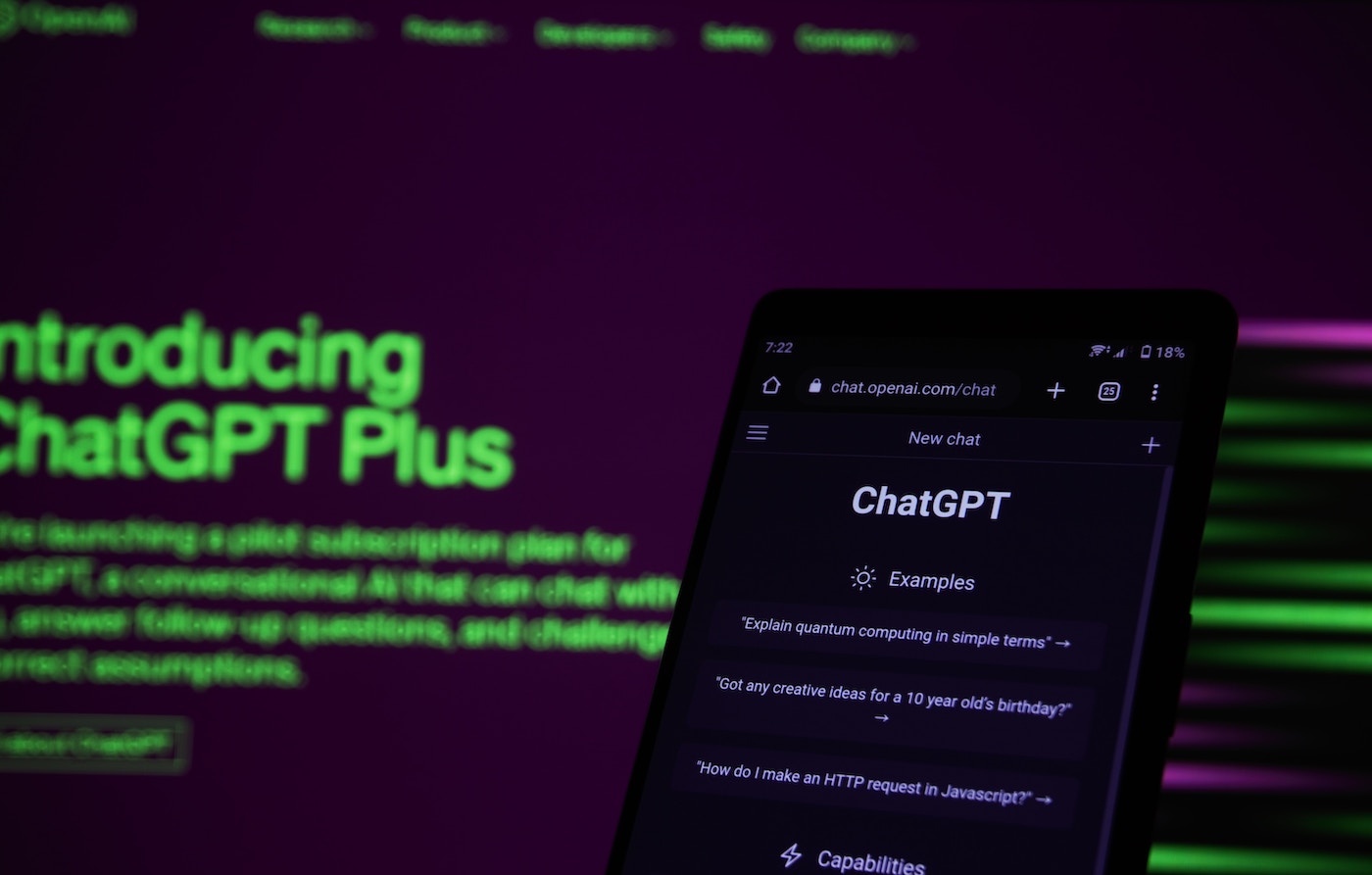2023 will forever be etched in our collective memory as the year ChatGPT took over dinner conversations everywhere. Like most people, we too have debated, discussed, and fielded questions about generative AI almost everyday over the last few months.
Most conversations people have with us follow a predictable pattern: Can Generative AI really do everything? Can it make my job easier? Can it help with coding? With research? With writing, design, and marketing? Do I need an agency for my business anymore? Wait, do I even need a marketing team anymore? Am I even needed for my business?
These conversations can easily border on existential crises (thankfully, we have managed to steer them out of such territory), but the long and short of this is: Don’t second guess your existence, or overplay your damsel in distress card, because as much as Generative AI looks like a knight in shining armour ready to slay any and every wolf in your particular marketing backyard, it has the potential to morph into one itself.
And here’s why.
AI loves you to want it – and will stop at almost nothing to get it
Let us unpack it for you so you get where we’re coming from. NYT tech columnist Kevin Roose’s up-close, and slightly creepy encounter with Bing’s chat bot on Valentine’s Day is symptomatic of a larger problem with AI. It hallucinates information because it doesn’t want you to think it doesn’t know the answers, or can’t help you, because it doesn’t want you to not need it. We have explained it in more anthropomorphic terms, perhaps, but you get the drift.
As OpenAI researchers point out, “Even state-of-the-art models are prone to producing falsehoods — they exhibit a tendency to invent facts in moments of uncertainty,” and they are currently working to fight this issue by training AI models using process supervision for better explainable responses. We’re keeping an eye on those developments.
Content by bots will end up feeling… robotic
Yes, AI labour is less expensive than the human version. It is also at your beck and call 24/7. But it’s also less valuable than the human touch because it is just so… trite. Try out ChatGPT content a couple of times, and you realise how repetitive it gets. And breaking down every single brief to computer-program-like instructions quickly gets old.
Let’s also face the fact that after a point, such content doesn’t feel quirky or fresh. Smashing Magazine recently shared an example of images which look repetitive, even though they were made by different authors using different prompts, simply because it was made on the same model, Lexica Aperture v2.
Instead of relying solely on AI, finding a judicious mix of human-led efforts, backed by AI-powered assistance is the way to go, whether it be research, problem solving, strategy, or creativity.
AI-generated content leads to poor SEO
Remember those content spinning activities many digital marketers engaged in not so long ago? It was not a good era for the reader. Thankfully, Google’s search engine algorithms put a quick end to that (mal)practice, and we returned to seeing fairly original, relevant and interesting content on our search results. Now, content spinning by a Generative AI bot has the potential to stink just as badly, and that’s why Google Search is not giving it a very long rope.
SEO experts are already pointing out that AI-generated content does not index or rank well on Google, so we are better off getting a human (who isn’t a specialist of spin) on your content creation tasks. To handle this particular form of content demon, the traditional plagiarism checking softwares have updated themselves to detect AI-generated content – ZeroGPT is one such tool.
So, what does this mean for your relationship with Generative AI?
Let’s take a moment to revisit the trope of the knight in shining armour once again. Perhaps what you need is not AI that plays the role of a swashbuckling warrior who slashes the necks of your hydra-like demons, but an AI that acts like a trusty steed that would enable even a “damsel in distress” to take the reins and get down to the messy business of herding, grazing, as well as corralling the various elements that make up a successful marketing initiative.
To that extent, we have some ideas where AI can be employed to assist you in your marketing and creative activities.
Brainstorming with ChatGPT
Face it, everyone suffers from a creative block every now and then. In these situations, it helps to have an assistant to introduce new ideas and perspectives. ChatGPT and other AI based writing apps like Jasper AI can help you tremendously here. Think of what they have to offer as vital to a no-holds barred brainstorming session. Later, use your sense of judgement to winnow down these ideas to get to the most feasible ones and then let your imagination take over.
Some creative professionals have developed their own GPT-based programs that already have prompts worked into them to reduce the effort you have to put in (try this PR idea generator from Rich Leigh out as a taster). It can help to use some of these as a starting point to your brainstorming activities.
Storyboarding and development with AI
Any marketing article with some “gravitas” needs at least one Coca Cola anecdote, and we’re dropping it here. The new Coke ad “Masterpiece” has made quite a splash for having been produced using AI-based Stable Diffusion technology; creativity, storytelling, and production values aside, the world is understandably agog about how AI has been harnessed.
Of course, actual designers and production experts understand that the video required immense human planning and creativity, along with live-action footage and other digital techniques that need humans at the helm.
The point being that the effort to build something substantial requires work, and it can help to use AI to develop drafts, build storyboards and much more. Some writers suggest prompting ChatGPT with articles to build draft conclusion paragraphs. Designers can use DALL-E to develop lookbooks or prototypes for a project instead of manually searching for references or working on them before the client has made a choice.
So, who do you think Generative AI most closely resembles? Knight in shining armour, trusty steed, or big bad wolf? Whatever the nature of the beast, we hope we have infused you with enough confidence and ideas to tackle it.





